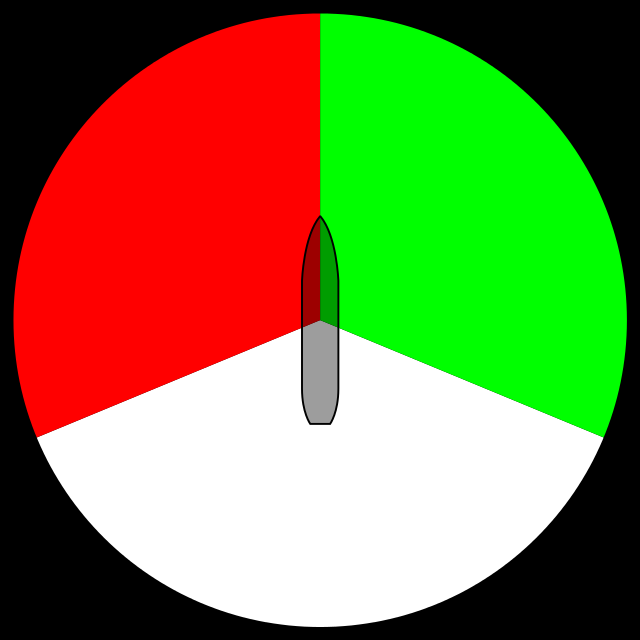BOAT NAVIGATION LIGHTS EXPLAINED
Navigation lights are an international system of easily identifiable lights to prevent collisions at night or in times of reduced visibility by allowing operators to see nearby vessels, and allowing other vessels to see them.
Different types of navigation lights provide an indication of the size of the boat and the direction it is travelling in. Identifying lights will help operators determine an appropriate course to navigate other vessels safely.
Vessels are required to show the proper navigation lights from sunset to sunrise good and bad.
When operating between sunset and sunrise in any weather condition, it is a legal responsibility to display lights of the proper colour, intensity, location and visibility.
TYPES OF NAVIGATION LIGHTS
Masthead light - A white light at the front of the boat visible across 225 degrees.
Stern light - A white light at the rear of the boat visible across 135 degrees, centred on dead astern.
Sidelights - A red light attached to the port side and green light attached to the starboard side, visible across 112.5 degrees from dead ahead to 22.5 degrees abaft the beam on each side. Sidelights may be combined in a single fixture carried at the centerline of the vessel.
Three-colour sailing light - On sailboats up to 20 metres, the sidelights and stern light can be combined into one three-colour light on top of the mast. Only for use under sail.
NAVIGATION LIGHTS FOR POWERED BOATS
Power-driven vessels underway, you generally need to have a masthead light forward, sidelights and a stern light.
For vessels less than 12 metres should display a 360 degree white light that can be seen from two miles away, and a pair of red and green sidelights that can be seen from one mile away.
For vessels between 12 and 20 metres, the masthead light needs to be visible across 225 degrees and the stern light needs to be visible across 135 degrees, so when combined they cover 360 degrees. The vessel also needs a pair of red and green sidelights that are visible across 112.5 degrees and from a distance of one mile.
For vessels under 7 metres should still display all-round lights, portside and starboard lights where possible.
DISPLAYING LIGHTS WHILE FISHING
A vessel engaged in fishing should display sidelights, stern light and all-around lights.
If a vessel is engaged in trawling should display two all-round lights in a vertical line, the upper being green and the lower white, and sidelights and stern light should be visible when underway.
NAVIGATION LIGHTS FOR ANCHORED VESSELS
When your boat is at anchor, make sure that you are visible to other boats by displaying an all-around white light for visibility.


